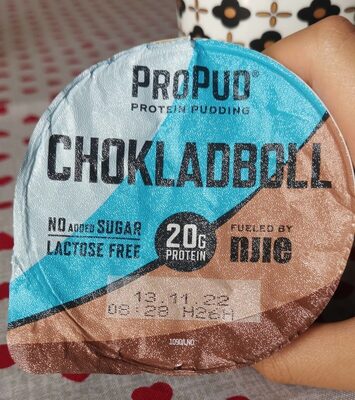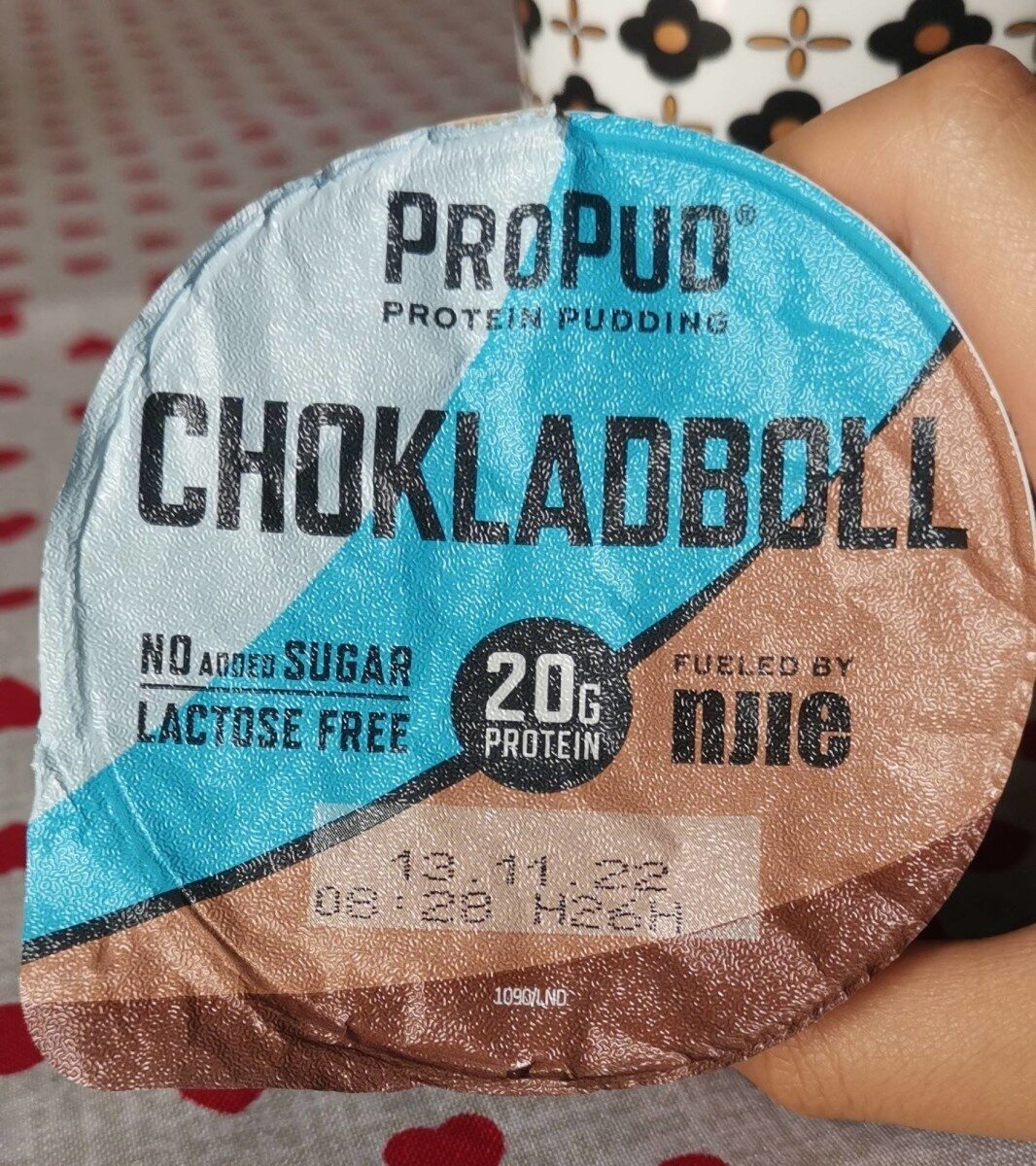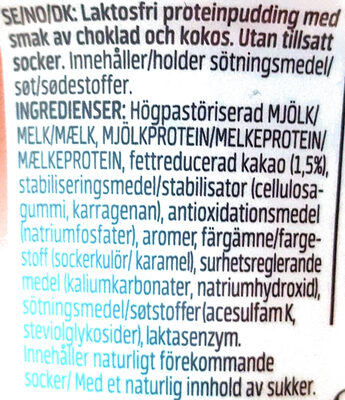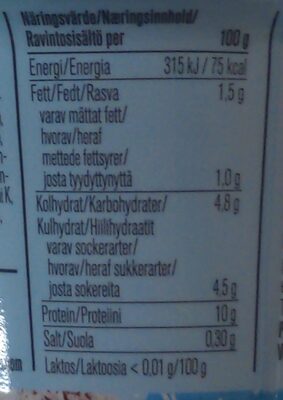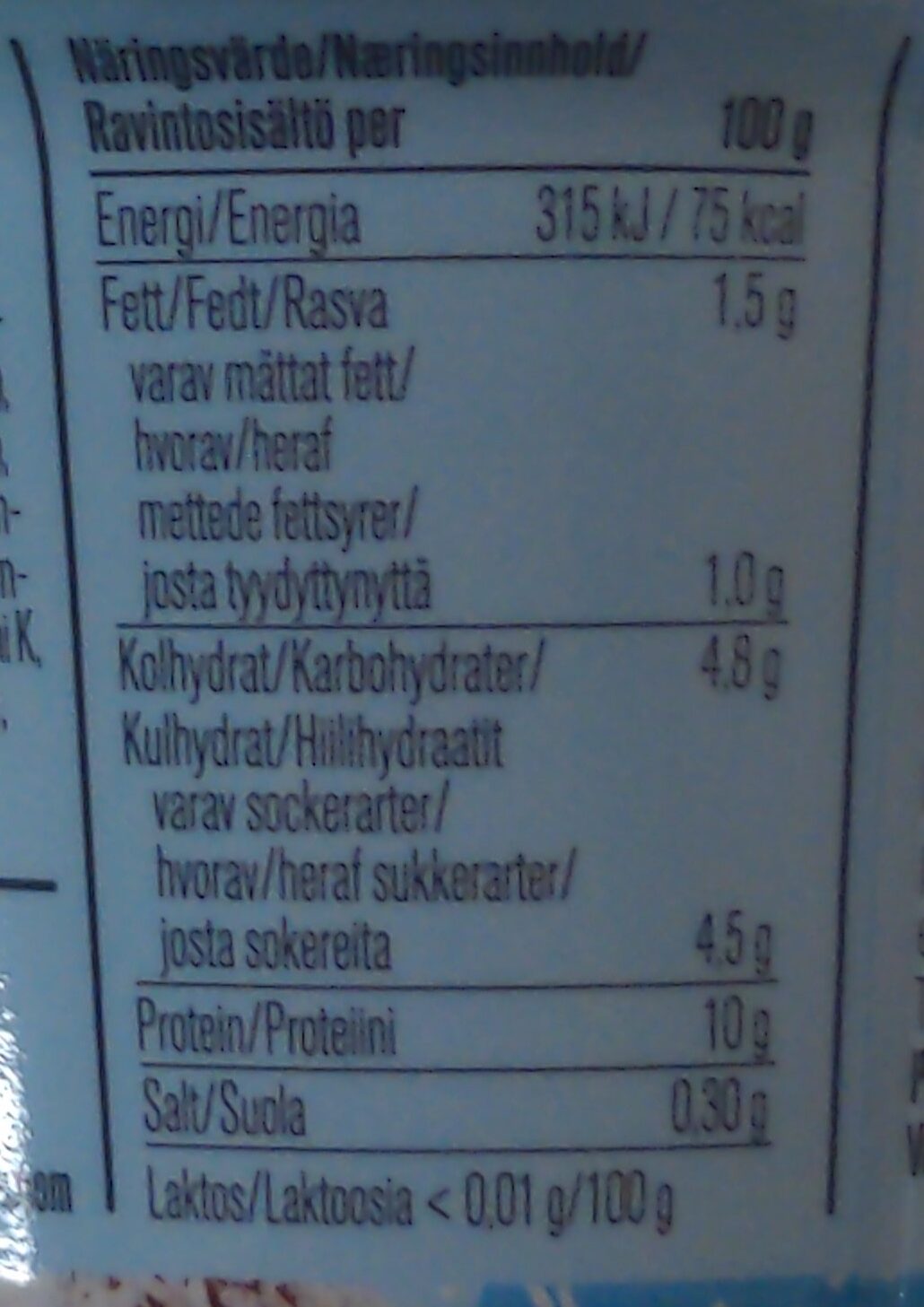protein pudding - Propud - 200 g
This product page is not complete. You can help to complete it by editing it and adding more data from the photos we have, or by taking more photos using the app for Android or iPhone/iPad. Thank you!
×
Barcode: 7350068291098 (EAN / EAN-13)
Common name: Laktosfri proteinpudding med smak av choklad och kokos. Utan tillsatt socker.
Quantity: 200 g
Packaging: Plastic, Metal, Pp-polypropylene, Recyclable Metals, Aluminium
Categories: Desserts, Puddings
Labels, certifications, awards:
Green Dot, No added sugar, No lactose
Manufacturing or processing places: Tyskland, Germany, Deutschland
Traceability code: DE BW 033 EG
Stores: City Gross
Matching with your preferences
Environment
Packaging
Transportation
Report a problem
Data sources
Product added on by akitainu
Last edit of product page on by akitainu.
Product page also edited by foodvisor, kiliweb, mvainola, openfoodfacts-contributors, packbot, yuka.sY2b0xO6T85zoF3NwEKvln1ZTPfikCn4MBPnn2uIwv2pKKPYWI1V0tfWDKs.
